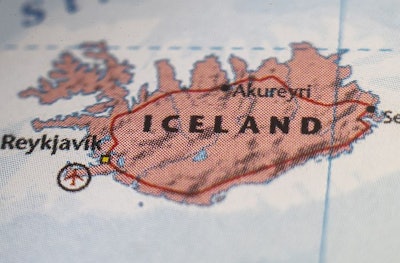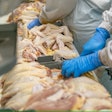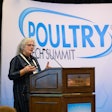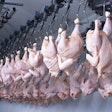
Following the release of a critical report on some procedures at the nation’s poultry slaughterhouses, the Icelandic food safety body reports immediate action was taken.
Improvements to all the failings identified have commenced, according to the Icelandic Food and Veterinary Authority (MAST), while some have already been completed.
As a member of the European Economic Area (EAA) and the European Free Trade Association (EFTA), Iceland’s standards of food safety as well as animal health and welfare are regulated by the EFTA Surveillance Authority (ESA).
At the end of January, ESA published the results of an audit of Iceland’s poultry operations carried out in October of last year. Overall, the aim of this inspection was to verify compliance with EEA food safety rules for poultry meat and related products, as well as the implementation of official controls.
Risks of unsafe meat for consumers
According to the audit report, shortcomings in procedures at Iceland’s poultry slaughterhouses could results in the sale of unsafe meat.
In particular, inspectors noted poor animal health controls before slaughter, and inadequate checks post-mortem.
It was found that official veterinary inspections were carried out during lairage of all poultry — or a representative sample of the birds — prior to slaughter, as required. However, some of the ante-mortem inspections were missed because slaughtering commenced before the official vets arrived to start work.
MAST agreed that slaughter regularly began before the necessary evaluation of food chain information or ante-mortem inspection.
In Iceland, post-mortem inspection is required on a sample of 5% of poultry carcasses. In the absence of other qualified personnel, this work is carried out by official veterinarians.
The audit revealed failings in post-mortem inspection at several locations. Among these were poor facilities for inspection on some lines, while carcasses that should have been condemned were missed at another abattoir as the inspector was absent.
While all of the facilities visited had been approved by the national authorities, inspectors found some did not meet the standards required. In one case, installation of a new line was almost complete before MAST was informed.
Among the general hygiene recommendations made to Iceland following the audit was the verification of compliance by food businesses under EU legislation. These include hygienic meat production, audits of good hygiene practice, and procedures based on the principles of Hazard Analysis and Critical Control Point (HACCP), and the safe disposal of animal byproducts.
Following the audit, the ESA called on the government of Iceland to step up official controls on the sector. According to ESA, MAST responded with immediate corrective action.
Audit's implications for Icelandic chicken meat trade
While the country imported poultry meat from other EEA countries between 2019 and 2021, the region has not imported any such products from Iceland. This is according to information supplied by MAST to the ESA prior to the food safety audit last year.

















